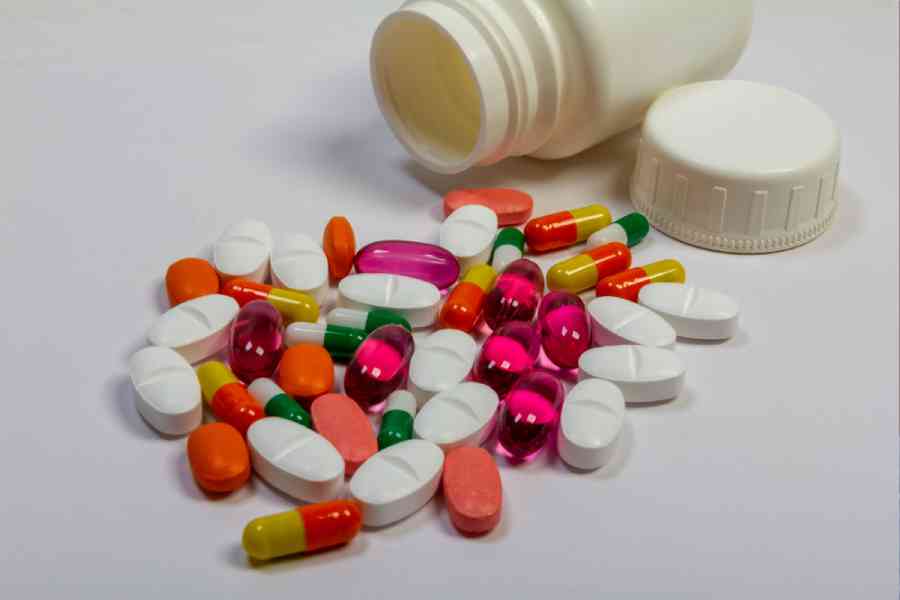India has the third largest count of hospital-acquired antibiotic-resistant infections (HARIs) among 99 countries surveyed, a burden that researchers have attributed to weak government curbs on antibiotic abuse and lack of personal accountability of doctors for irrational prescriptions.
A new study by an international team of health researchers has estimated that India has nine million HARIs — bacterial infections that admitted patients typically pick up in hospital intensive care units — each year, after China’s 52 million and Pakistan’s 10 million counts.
Infections caused by antibiotic-resistant bacteria — the worst among them often called “superbugs” — do not respond to widely-used first-line antibiotics and are treated with second-line or even last-resort or reserve antibiotics that are more expensive and potentially more toxic.
The researchers who analysed 474 earlier snapshot prevalence surveys from 99 countries conducted over a decade have said their study has underlined the global threat posed by HARIs amid growing concerns about deaths caused by such superbugs worldwide. The study has estimated 2.7 million HARIs in the US and 800,000 in the UK.
A global study in 2019 had estimated 1.27 million deaths worldwide directly from antibiotic-resistant bacteria. One public health research team has projected that uncurbed growth of antibiotic-resistant infections could cause up to two million deaths in India alone by 2050.
“India does not have a serious programme in place at the national level against antimicrobial resistance," said Ramanan Laxminarayan, a public health researcher and lead author of the new study published in the journal PLOS Medicine.
“There appears little interest in stewardship (supervising the controlled wise use of antibiotics) and infection control without which the problem will continue to worsen,” said Laxminarayan, founder and president of One Health Trust, a research think tank engaged in health policy studies.
The Union health ministry had acknowledged concerns about antibiotic resistance more than a decade ago, introduced curbs on prescriptionless sales of certain antibiotics and in 2017 released an action plan to tackle the problem.
But Laxminarayan and others say the control of antibiotics’ sales and the prevention of antibiotics’ abuse through either prescriptionless sales or irrational prescriptions written by healthcare providers remain difficult challenges to implementing the plan.
Researchers suspect that the lack of personal accountability of doctors or other healthcare providers could be contributing to irrational prescriptions.
Routine surveillance and a periodic reporting system that requires hospitals to disclose their antibiotic-resistance infection patterns are key elements of an effective stewardship programme but, infectious disease experts say, implementation is weak.
The estimate for India’s burden of HARIs comes only weeks after government doctors in Jodhpur reported extreme versions of superbugs called “difficult-to-treat” resistant (DTR) bacteria treatable with only last-resort antibiotics in 91 of 240 patients, indicating a 38 per cent prevalence rate — much higher than hitherto assumed.
The DTR prevalence rate of 38 per cent at AIIMS, Jodhpur, sample is among thehighest recorded from anywhere. Over the past three years, studies in the US and Europe have yielded DTR prevalence rates of 2.5 per cent and 9 per cent, and a South Korean study estimated 12 per cent.
The AIIMS, Jodhpur, doctors recorded an exceptionally high 70 per cent mortality rate in patients with DTR bacteria, much higher than the 40 per cent in patients with non-DTR but other forms of multi-drug resistant bacteria, including so-called carbapenem-resistant bacteria.
“Multi-drug resistant and carbapenem-resistant bacteria are also superbugs but DTR are extreme versions against which we have very few antibiotics left,” said Deepak Kumar, associate professor of infectious diseases at AIIMS, Jodhpur, who led the study.
Kumar and his colleagues published their findings last month in the Indian Journal of Medical Microbiology.
“More hospitals across India should conduct similar studies — we need to know the true prevalence rates of DTR in different places,” Kumar said.
“The Jodhpur findings underline what many clinicians already know — that the failing effectiveness of antibiotics is a fundamental threat to our medical system,” said Laxminarayanan.










